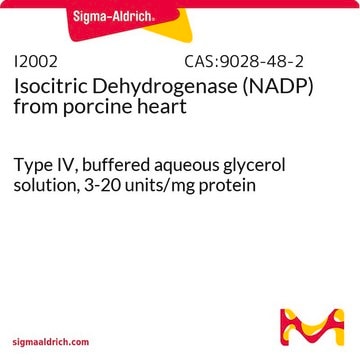おすすめの製品
アッセイ
≥98% (HPLC)
形状
solid
保管条件
protect from light
色
white
溶解性
H2O: ≥2 mg/mL
DMSO: >20 mg/mL
保管温度
2-8°C
SMILES記法
[I-].[I-].C[N+](C)(C)CC[N+]1(C)Cc2c(Cl)c(Cl)c(Cl)c(Cl)c2C1
InChI
1S/C14H20Cl4N2.2HI/c1-19(2,3)5-6-20(4)7-9-10(8-20)12(16)14(18)13(17)11(9)15;;/h5-8H2,1-4H3;2*1H/q+2;;/p-2
InChI Key
FPNVAOZHQUJJJQ-UHFFFAOYSA-L
アプリケーション
- as a nicotinic receptor antagonist to test its effect on trinitrobenzene sulfonic acid (TNBS)-induced colitis
- as an irreversible nicotinic acetylcholine(nAChR) blocker to pre-treat brain samples to test its effect on cytochrome P450 2B (CYP2B) induction
- as a ganglionic blocker to test its effect on regulating corticosterone levels in rat with chronic stress
生物化学的/生理学的作用
特徴および利点
シグナルワード
Warning
危険有害性情報
危険有害性の分類
Acute Tox. 4 Oral - Aquatic Acute 1
保管分類コード
11 - Combustible Solids
WGK
WGK 2
引火点(°F)
Not applicable
引火点(℃)
Not applicable
個人用保護具 (PPE)
dust mask type N95 (US), Eyeshields, Gloves
適用法令
試験研究用途を考慮した関連法令を主に挙げております。化学物質以外については、一部の情報のみ提供しています。 製品を安全かつ合法的に使用することは、使用者の義務です。最新情報により修正される場合があります。WEBの反映には時間を要することがあるため、適宜SDSをご参照ください。
労働安全衛生法名称等を表示すべき危険物及び有害物
名称等を表示すべき危険物及び有害物
労働安全衛生法名称等を通知すべき危険物及び有害物
名称等を通知すべき危険物及び有害物
Jan Code
C5366-10MG:4548173996202
C5366-VAR:
C5366-50MG:4548173996219
C5366-BULK:
試験成績書(COA)
製品のロット番号・バッチ番号を入力して、試験成績書(COA) を検索できます。ロット番号・バッチ番号は、製品ラベルに「Lot」または「Batch」に続いて記載されています。
資料
DISCOVER Bioactive Small Molecules for Neuroscience
関連コンテンツ
神経科学分野における低分子生理活性物質の創薬研究
ライフサイエンス、有機合成、材料科学、クロマトグラフィー、分析など、あらゆる分野の研究に経験のあるメンバーがおります。.
製品に関するお問い合わせはこちら(テクニカルサービス)








